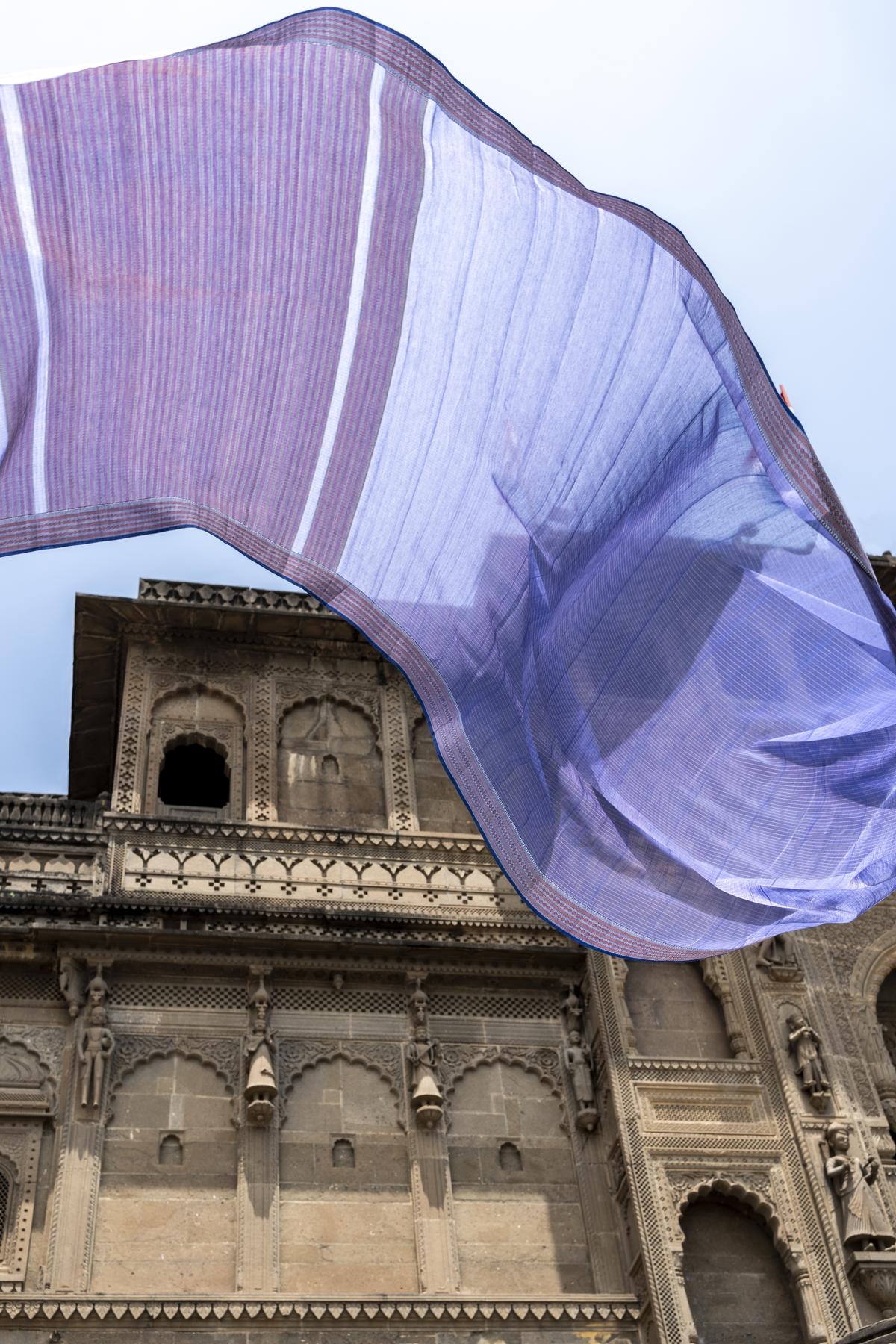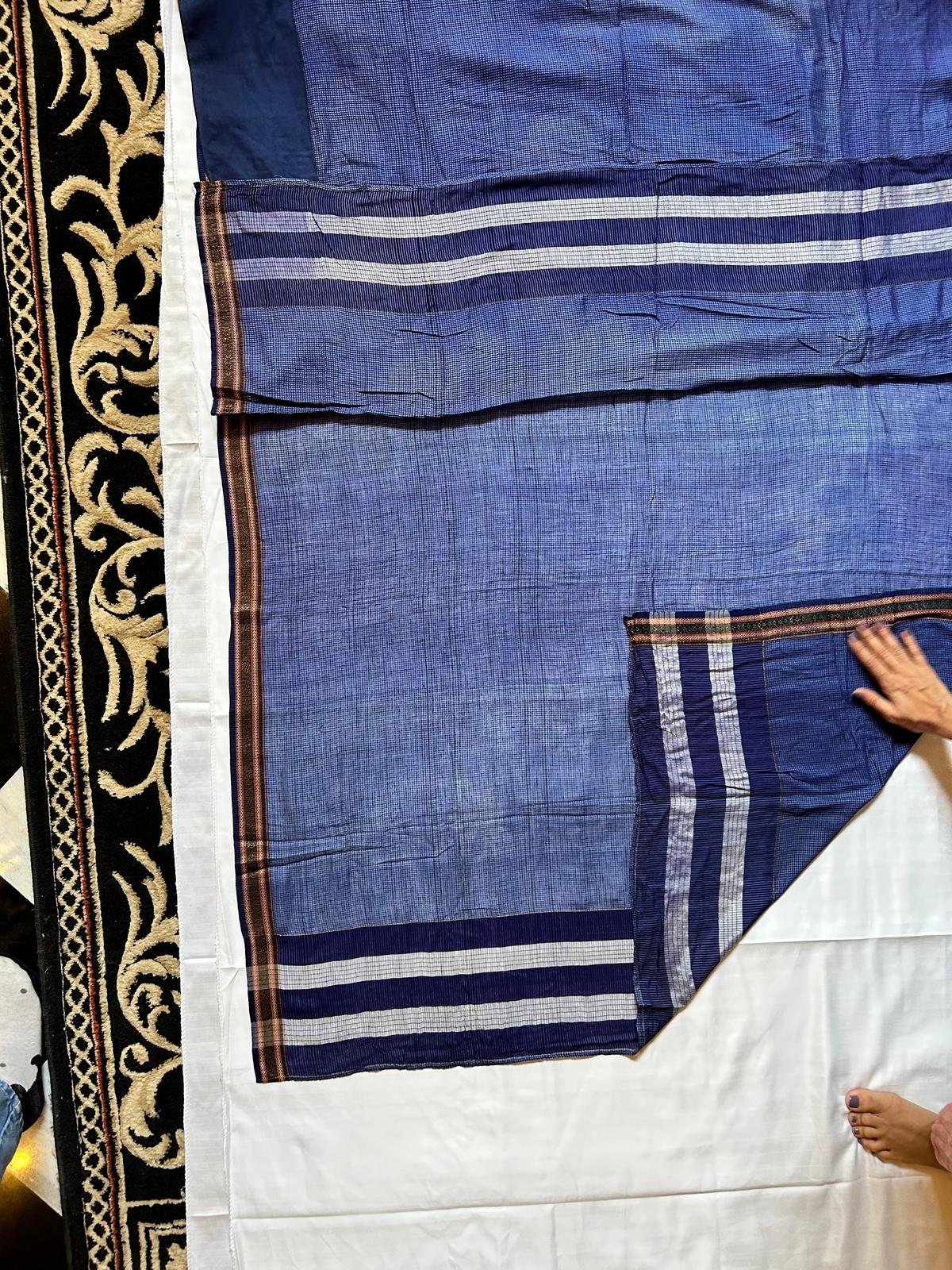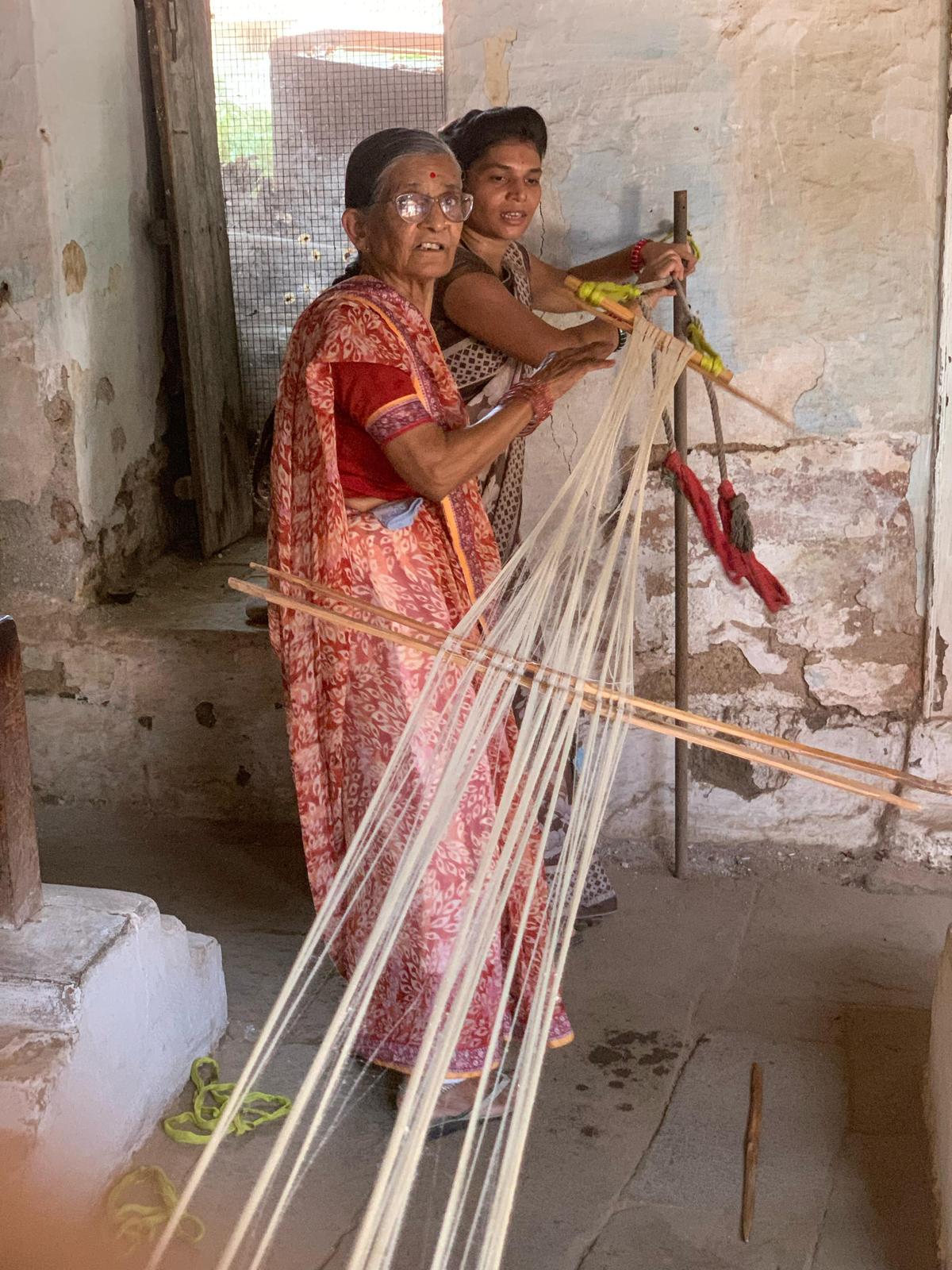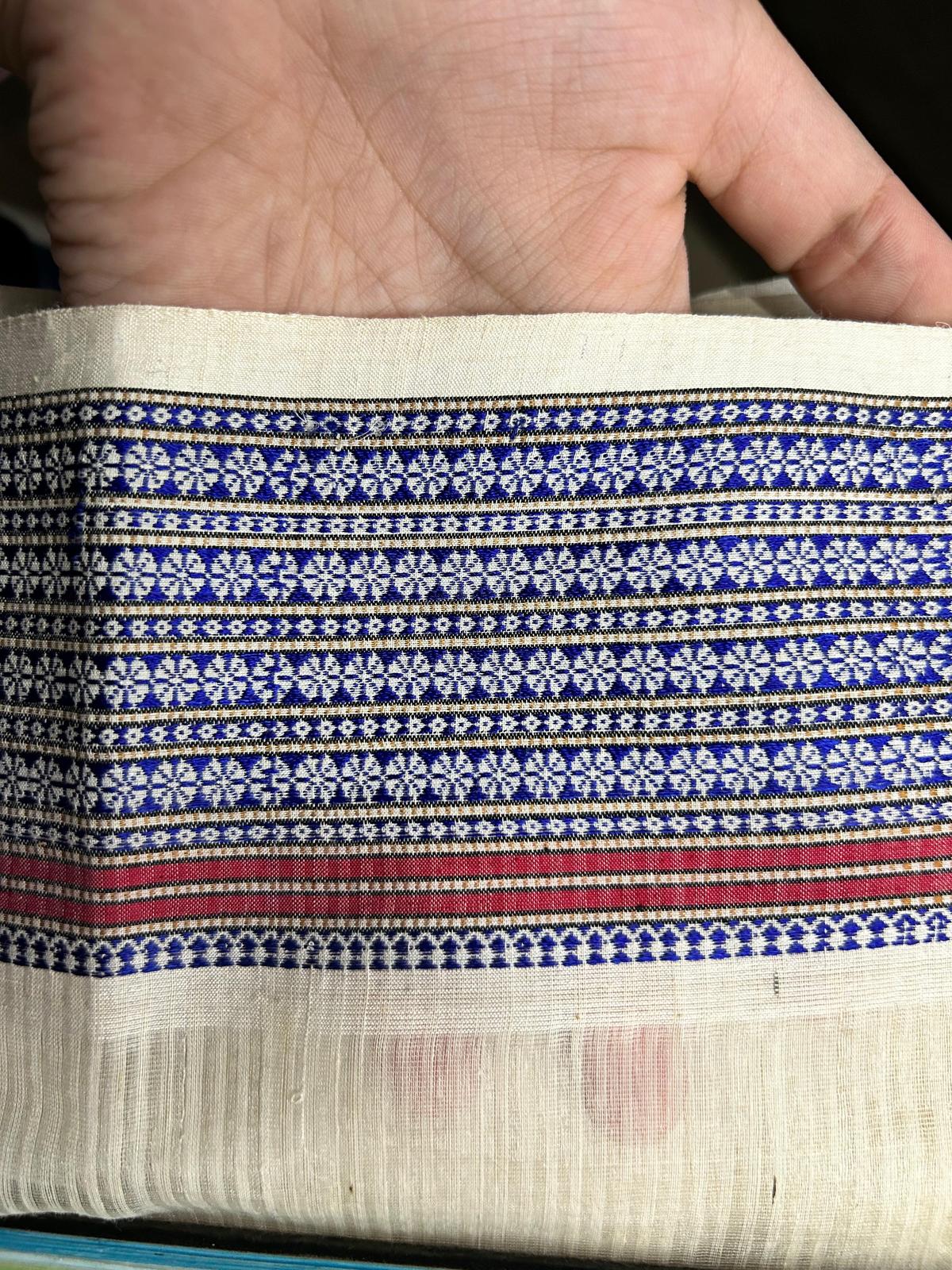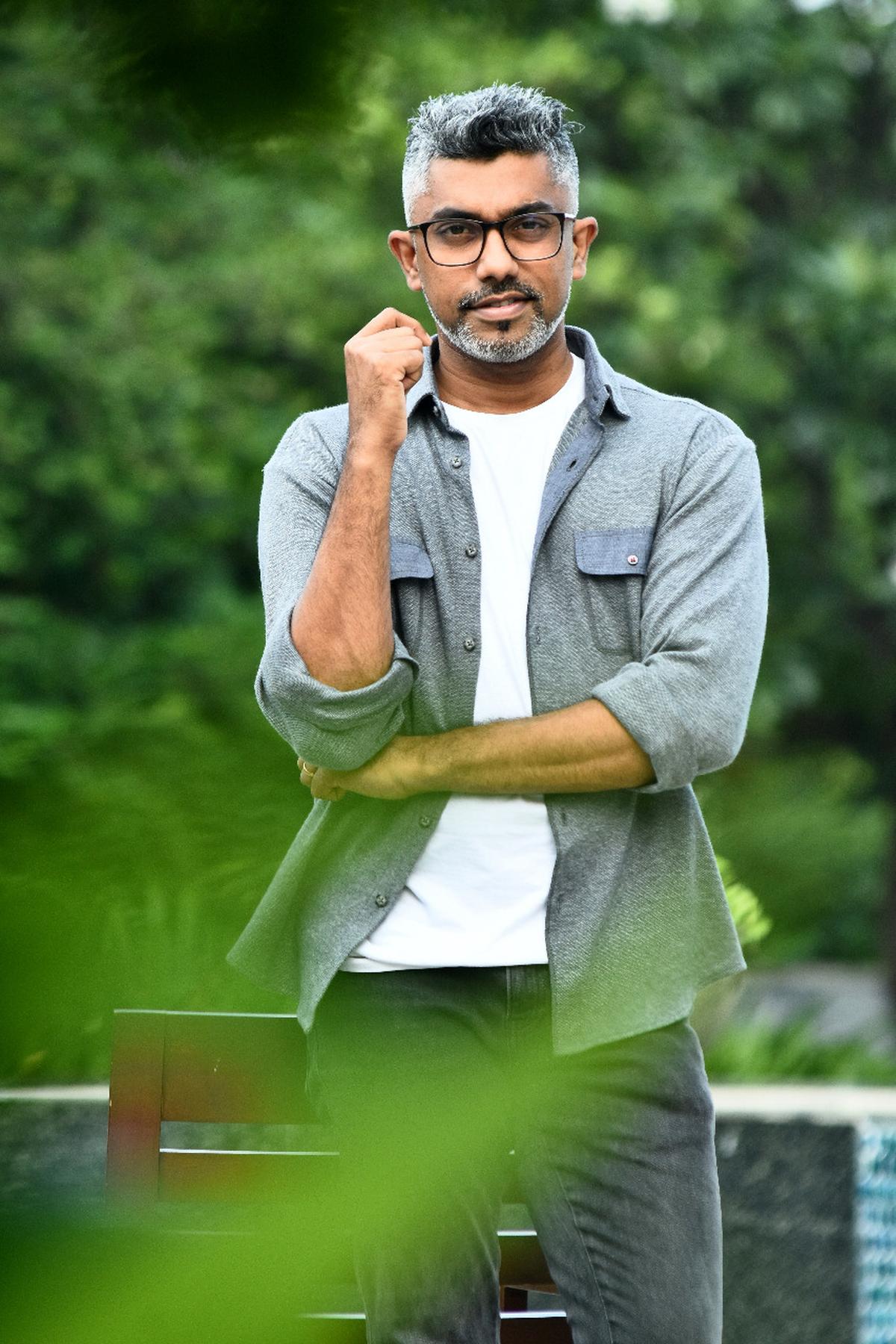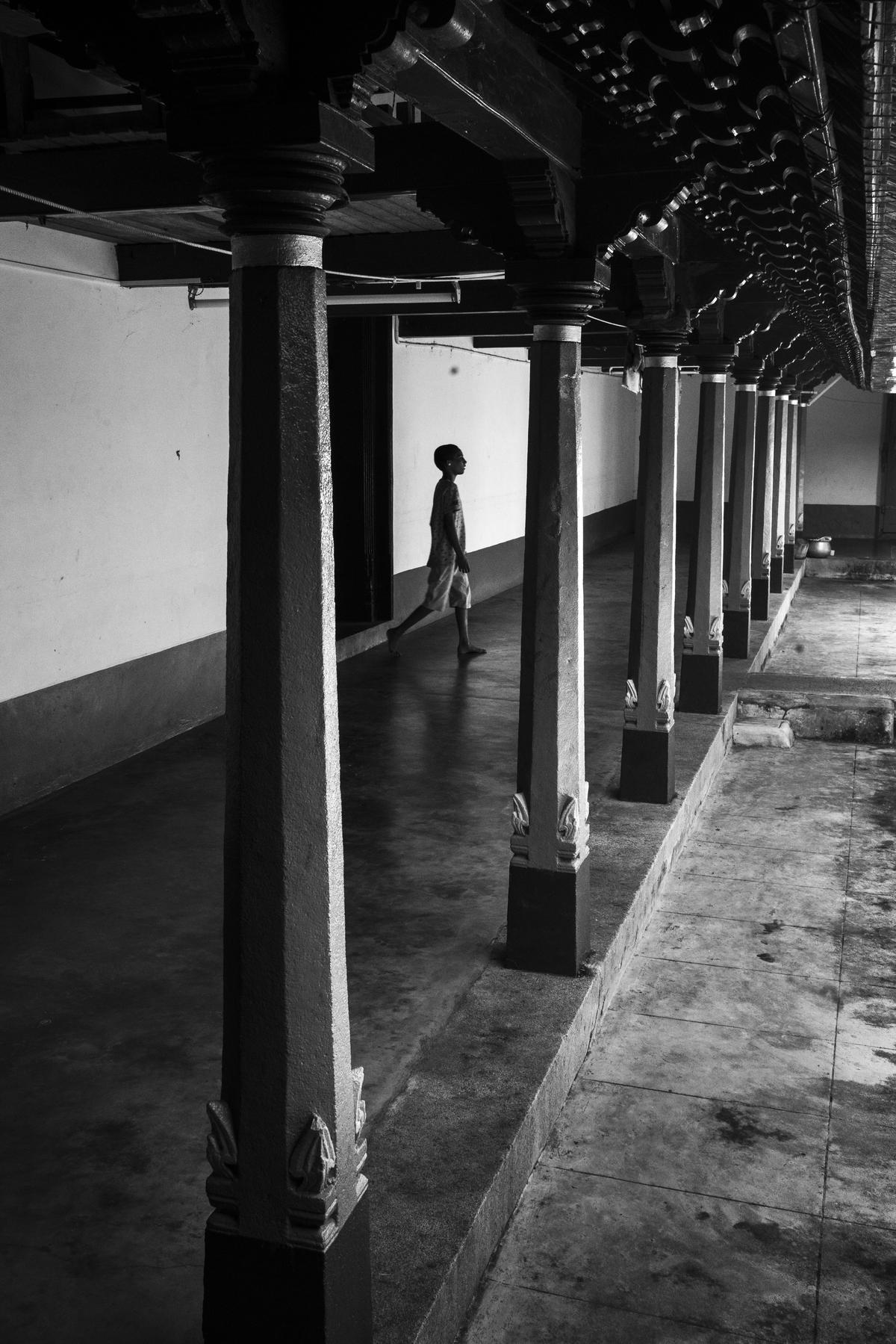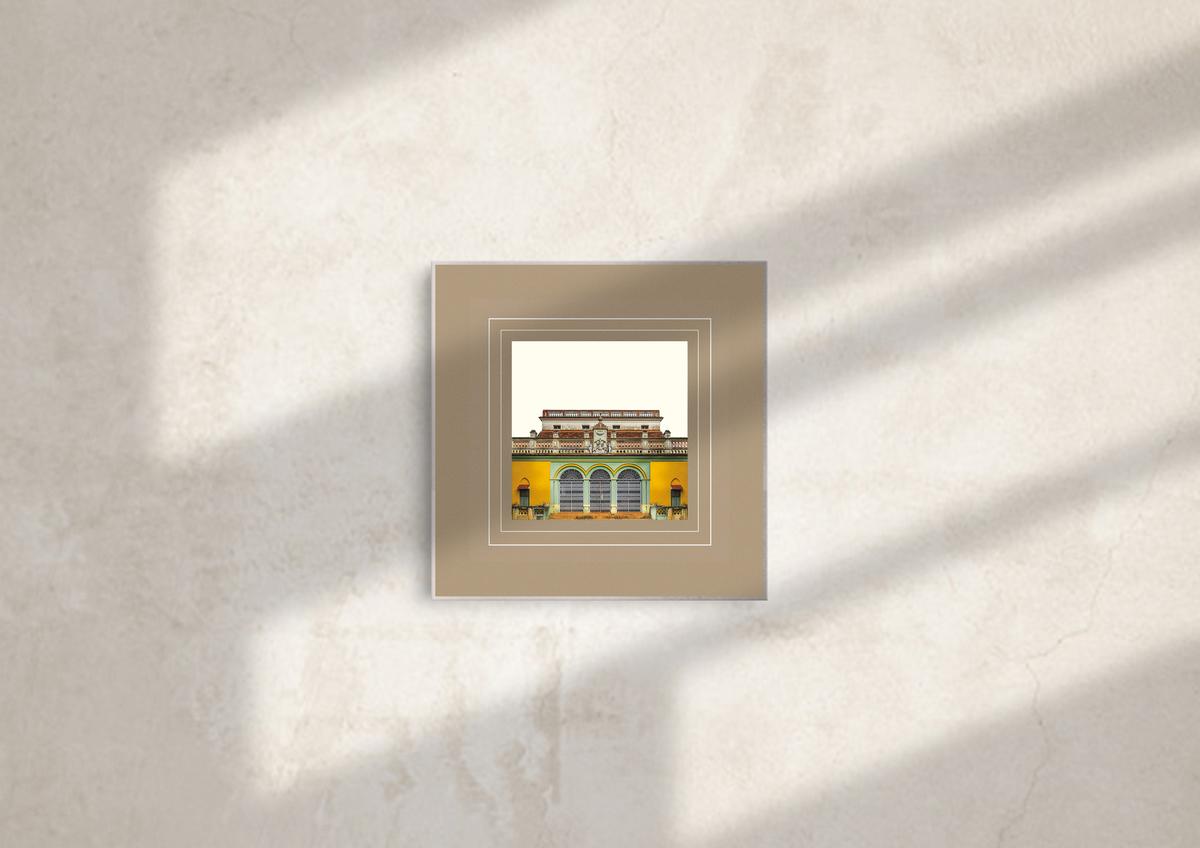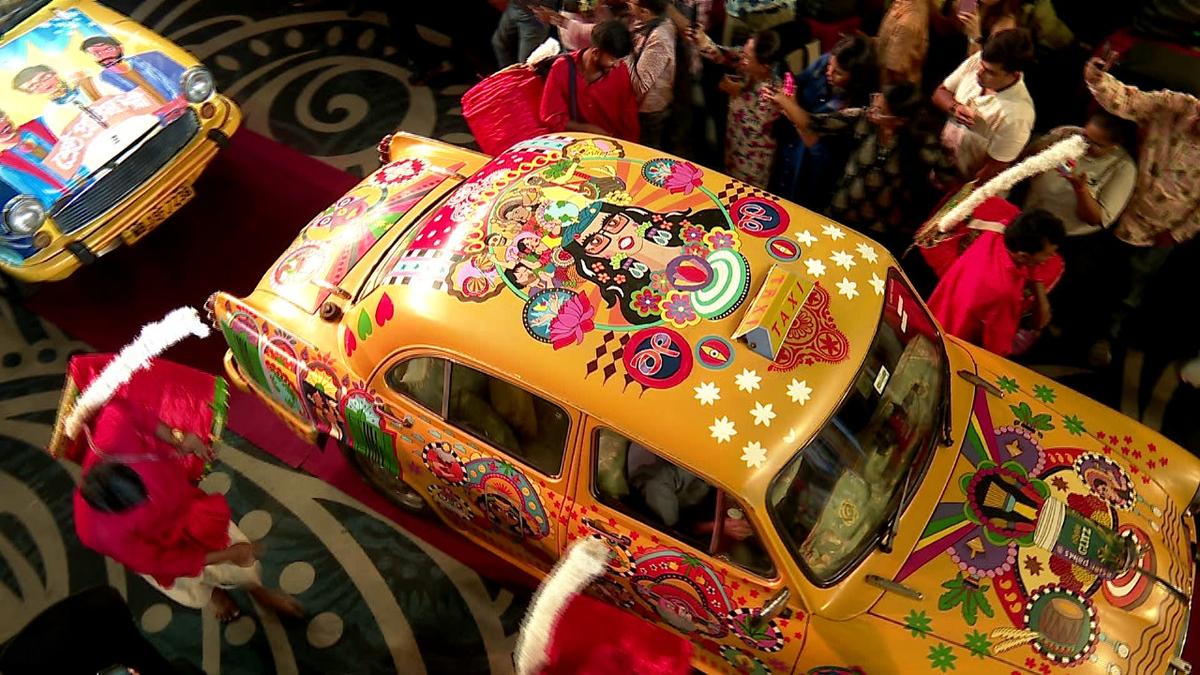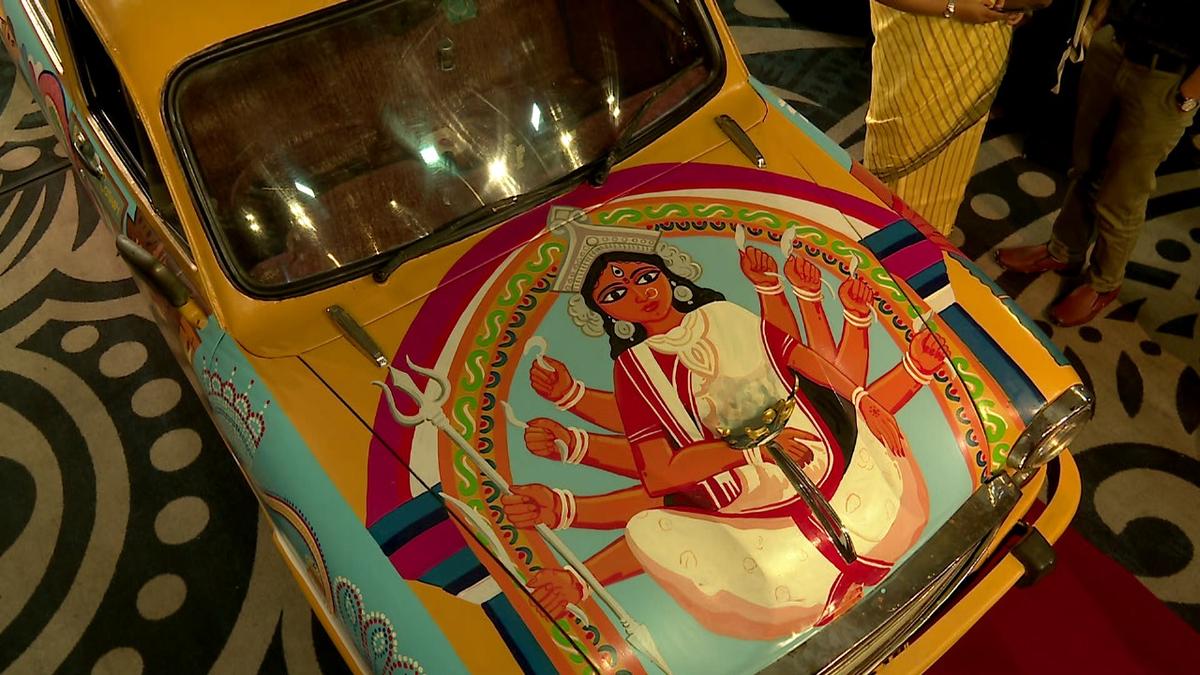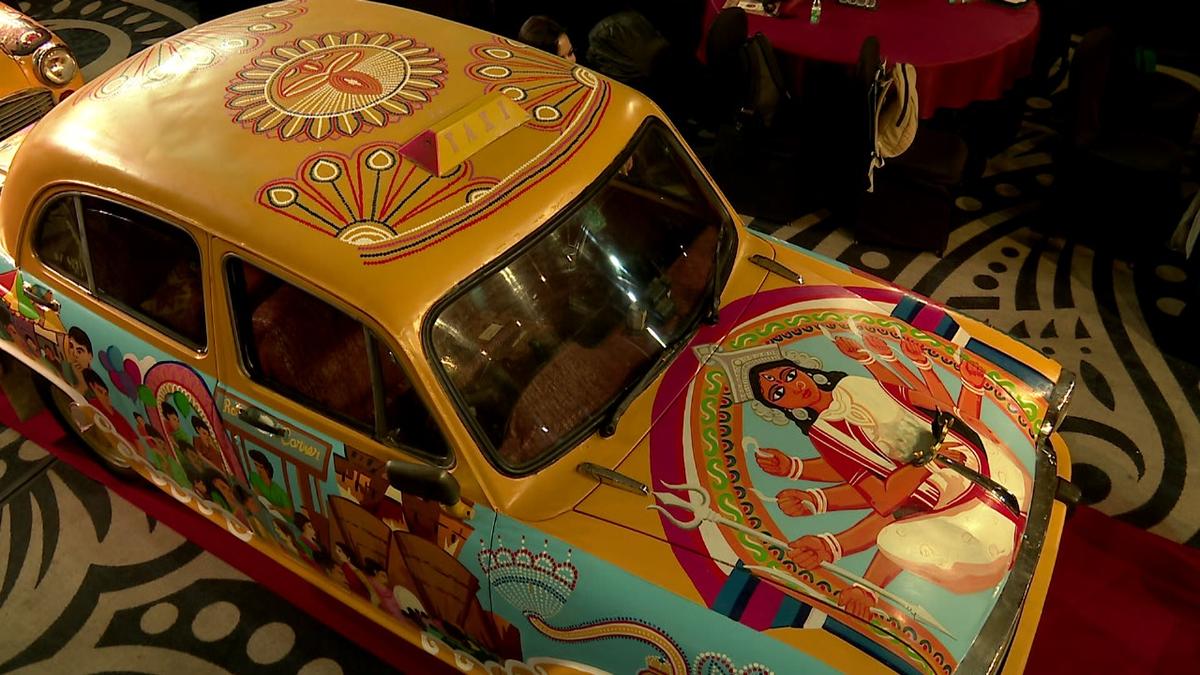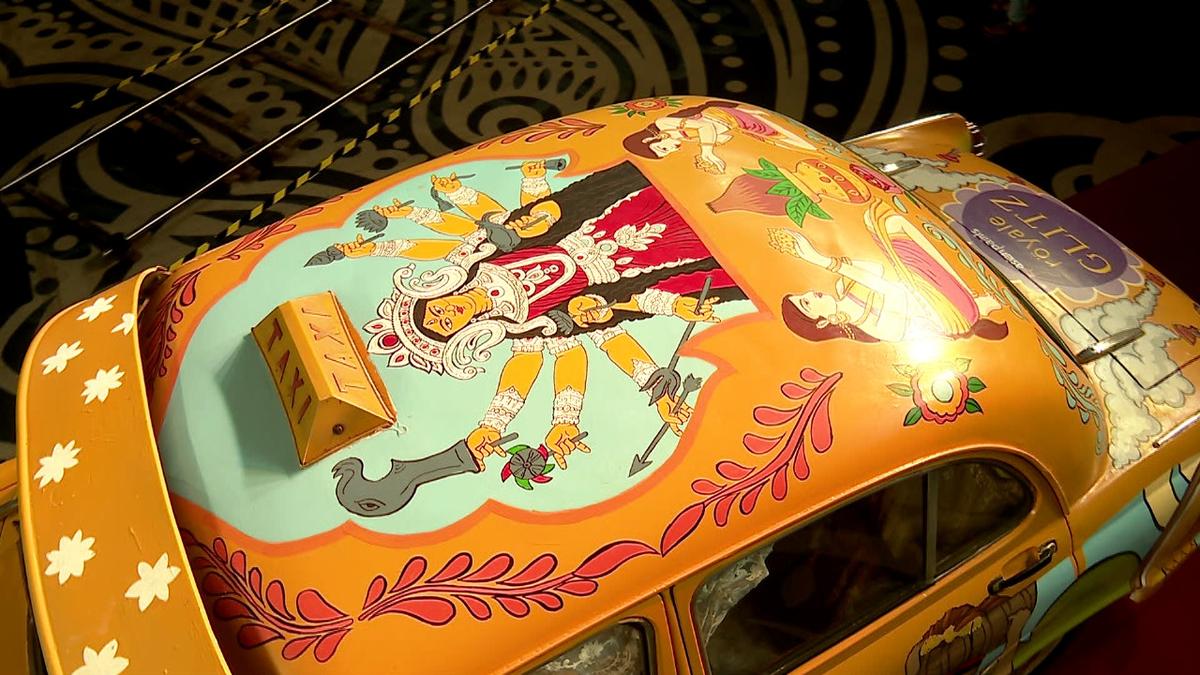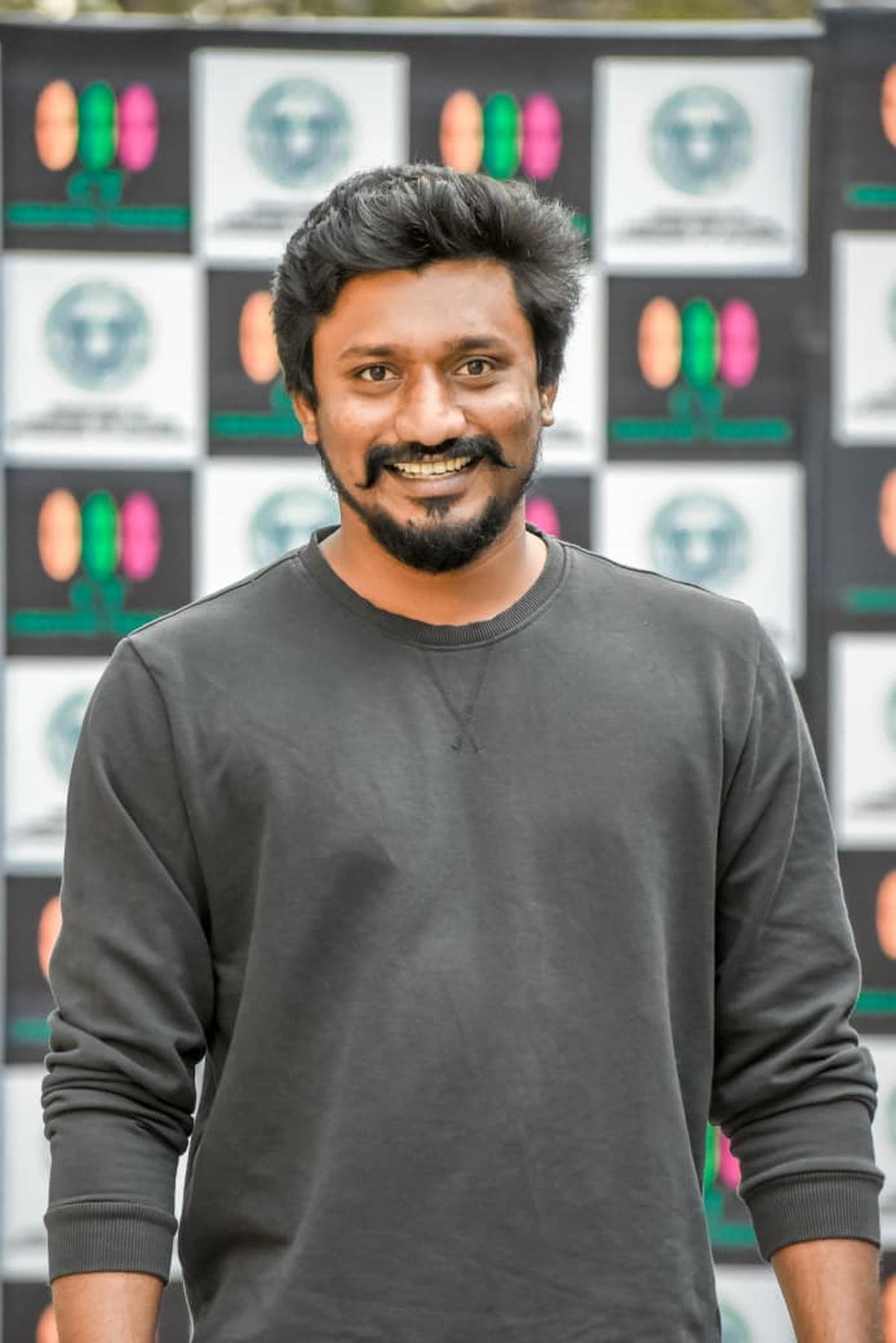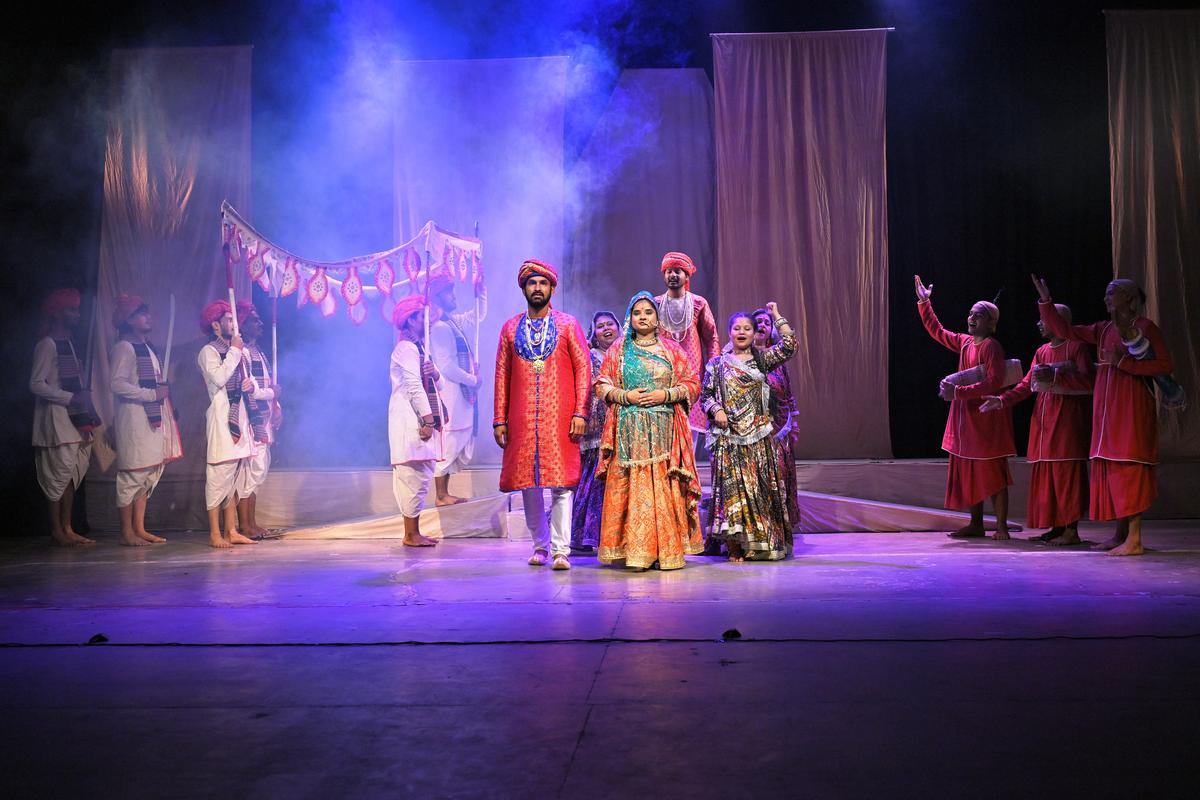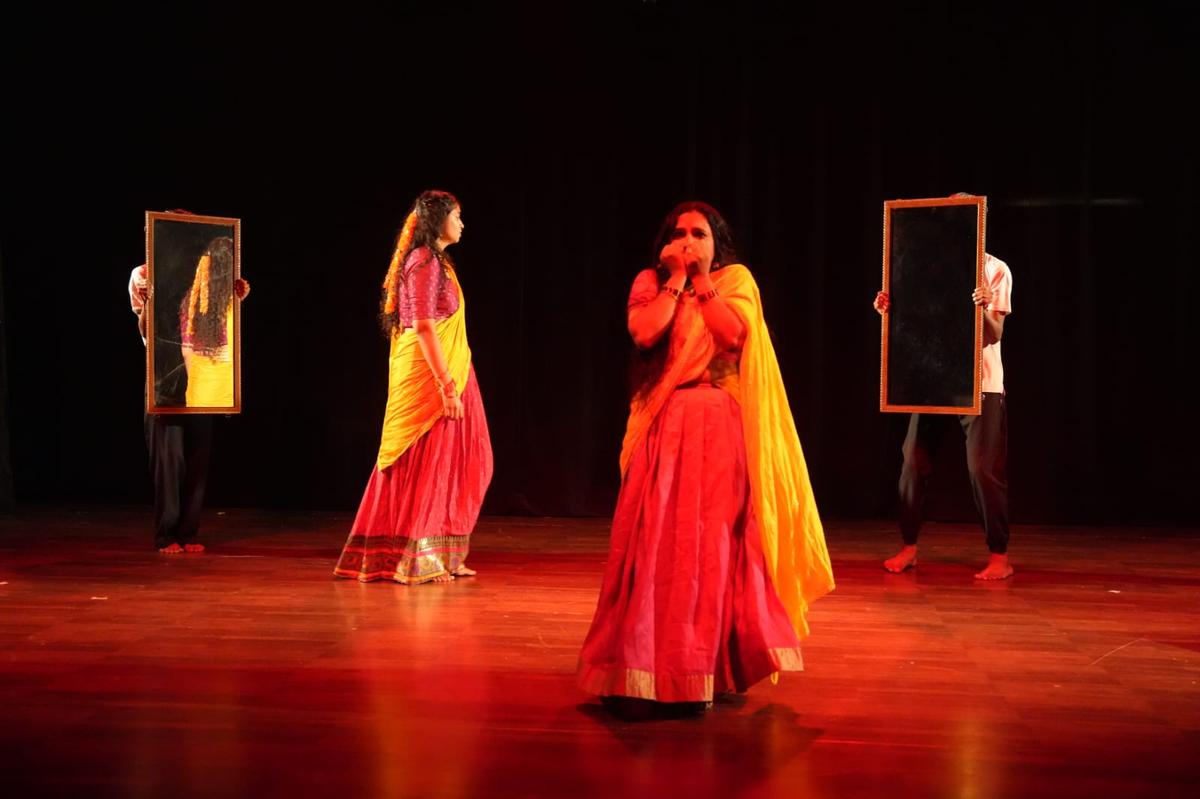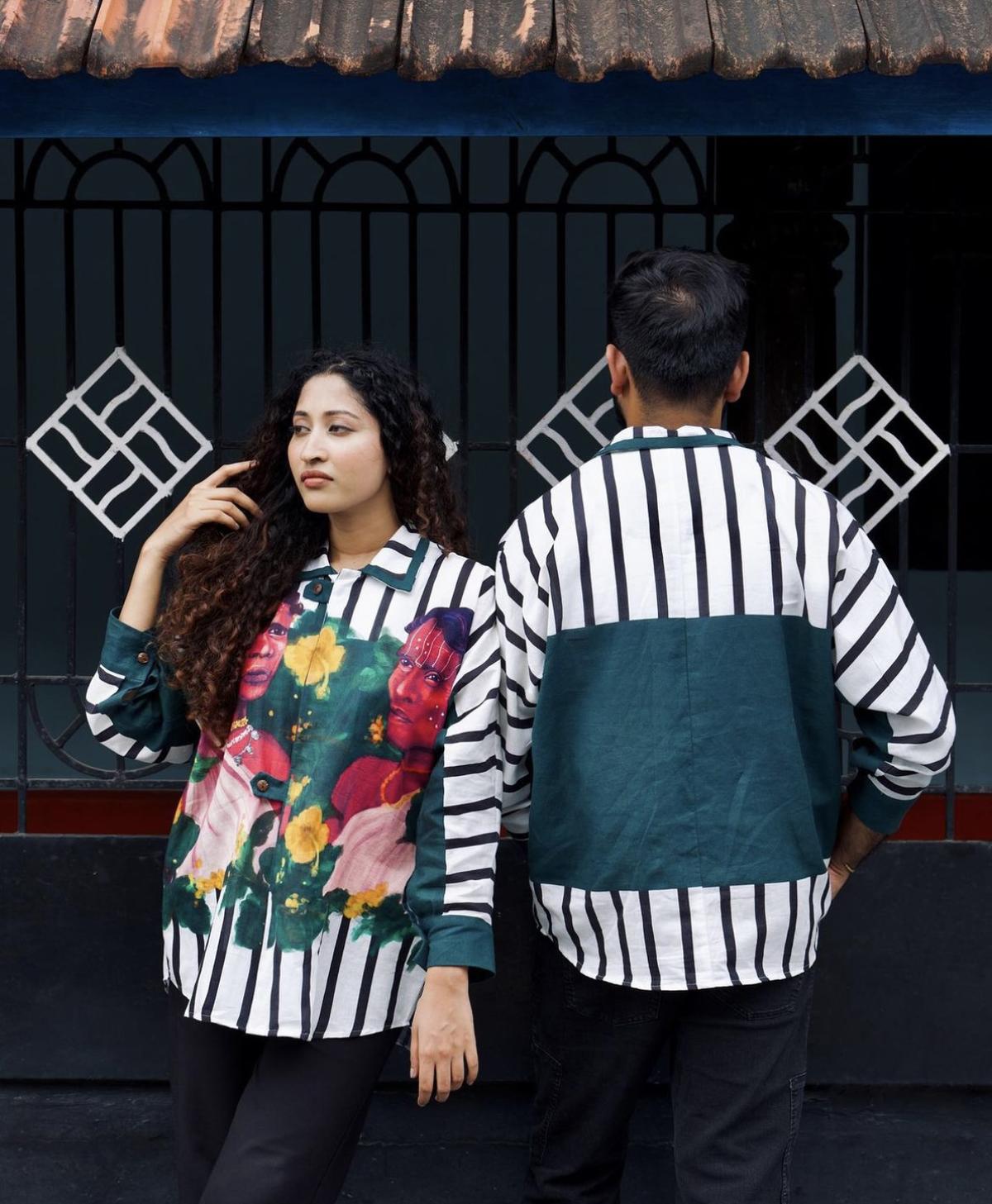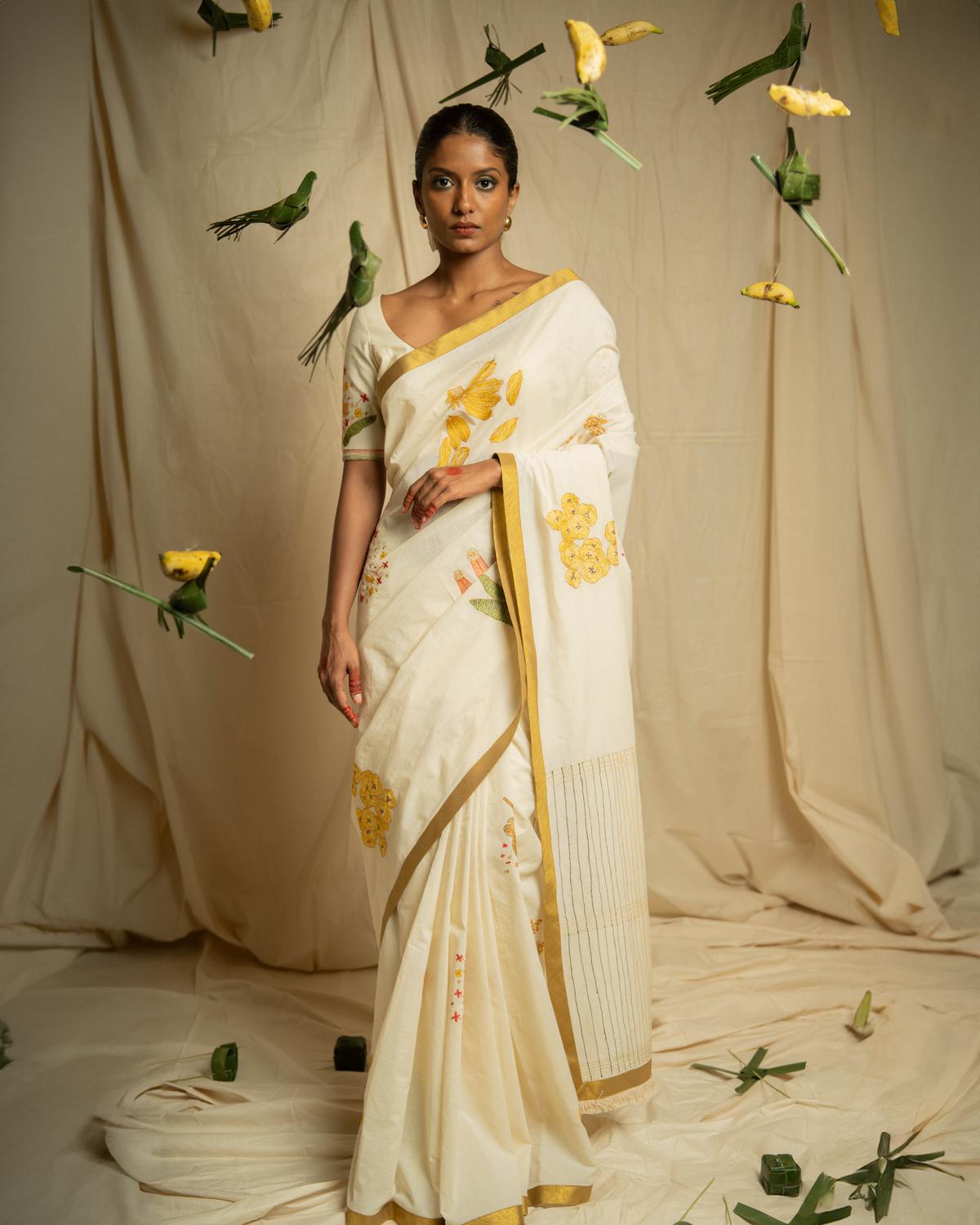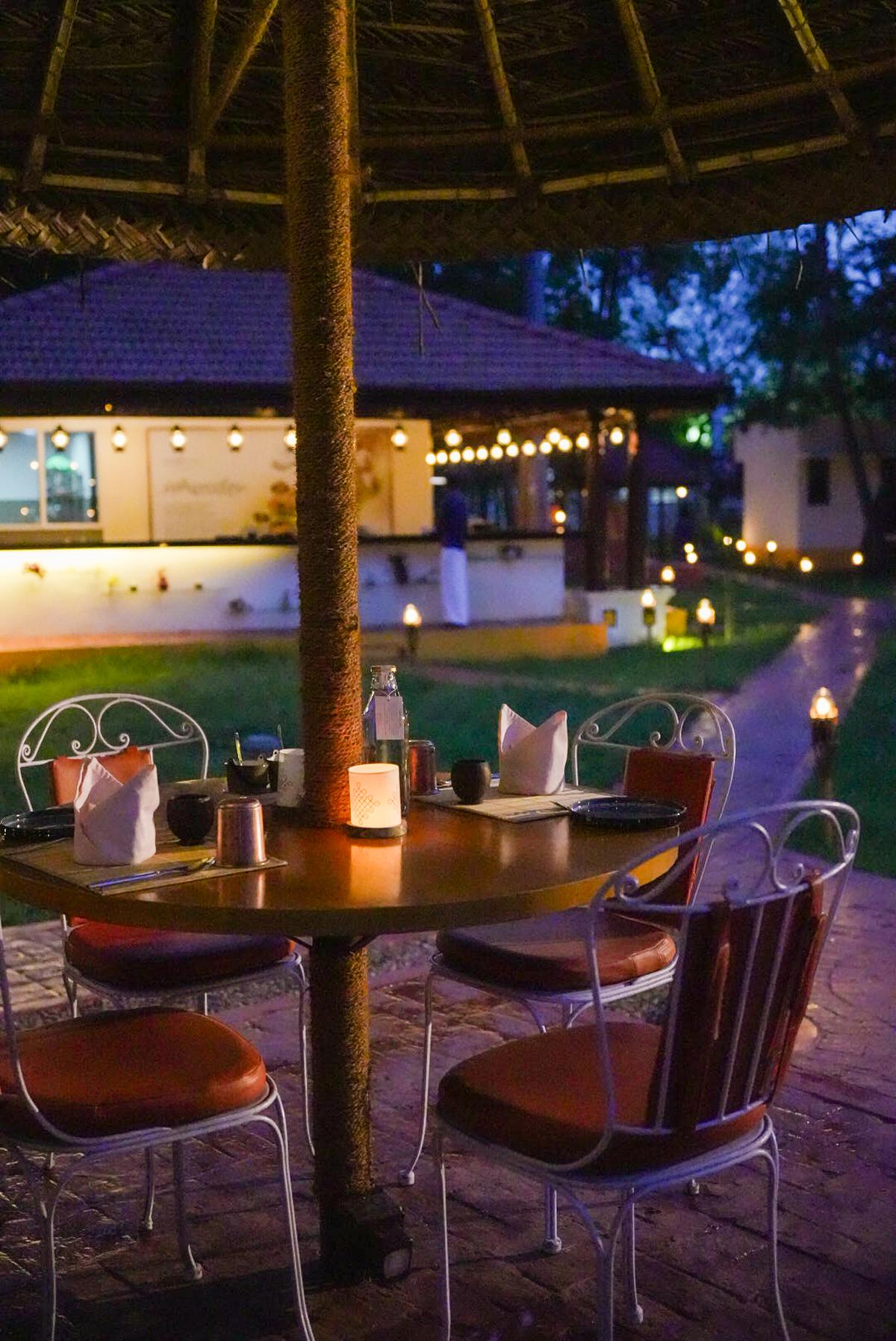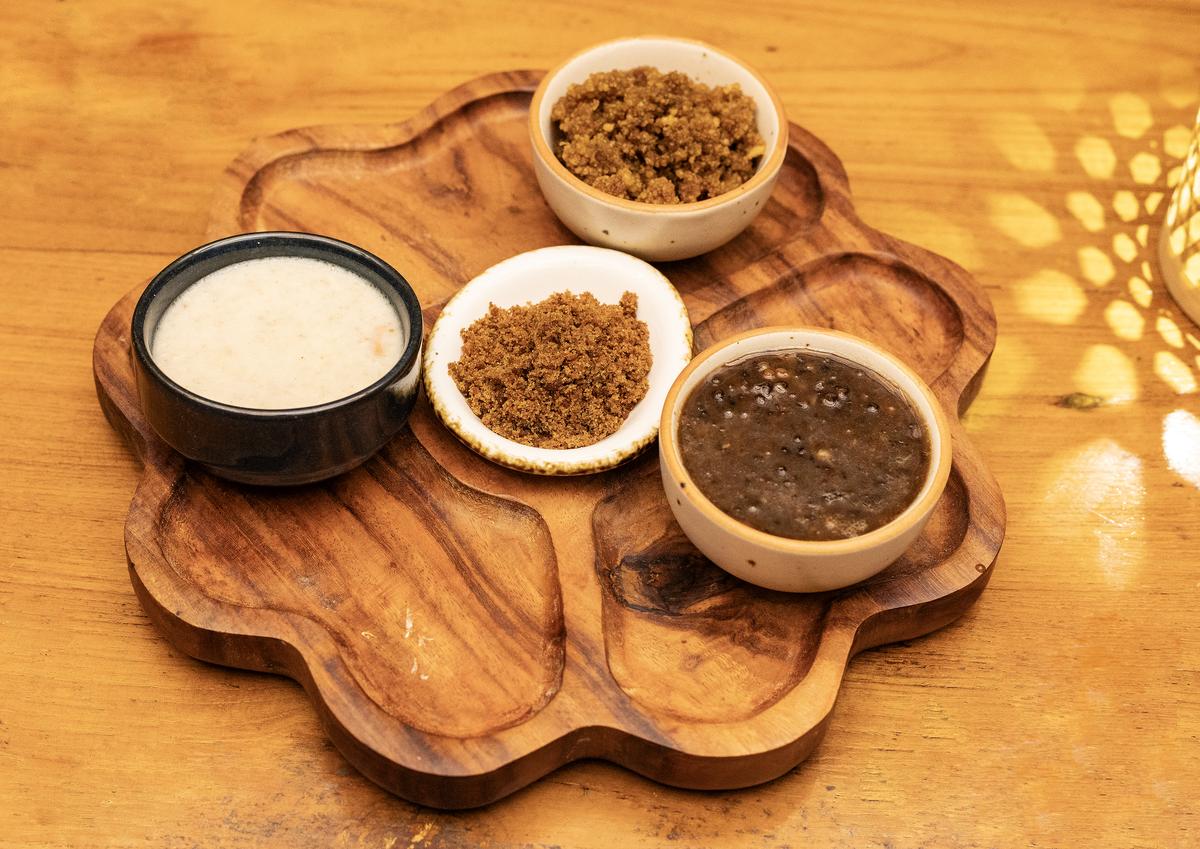The idea for Pint of View, a new lecture series being held in pubs and bars across India, originated at another event run by the same founders, Cubbon Reads. During one meeting of this silent reading community, conceptualised by Harsh Snehanshu and Shruti Sah in Bengaluru in January 2023, a participant had spoken about Lectures on Tap, a similar series of pub lectures, mushrooming across the US. “He showed me Lectures on Tap videos and told us that he believes that Shruti and I were the perfect people to do something like this in India,” recalls Harsh.
While Shruti and Harsh were intrigued with the idea, they ended up putting it on the back burner for a while, since “we were also building a dating app called Bookmark for readers, and were busy doing events for that,” he says. Then, this year, their friend Meghna Chaudhury, the initiative’s third co-founder, inspired them to pursue the idea with a firm deadline since she was leaving for London for a master’s in mid-September.
Co-founders Harsh Snehanshu, Shruti Sah and Meghna Chaudhury
| Photo Credit:
Shoaib Kalsekar
They came up with the name Pint of View using AI and launched the initiative with a talk titled “Bats and Booze” on August 24 at SOCIAL, Indiranagar. For the first time in its history, the smoky, pine-scented recesses of this popular bar played host to these elusive, flying mammals, thanks to an illustrated talk delivered by Bengaluru-based bat researcher and conservationist, Dr. Rohit Chakravarty. “We posted about the first lecture and tickets immediately got sold,” says Harsh, who believes that it did not take long for the tickets to sell out because of the speaker’s popularity.
The success of this event made the initiative’s founders realise that this was something that could be done regularly. “We know a bunch of very cool people in Bengaluru, from social researchers to scientists, astrophysicists, beekeepers and carpet collectors,” says Harsh, who hopes to bring diverse, interdisciplinary experts to these events.
“We select lecturers based on their experience working within a specific niche; one that they can speak on for about 45 minutes, showing us a different perspective on this topic,” adds Shruti.
Such talks also ensure that participants, many of whom are young working professionals, have an opportunity to expand their minds in a fun setting. Meghna agrees. “One of the prime motivations was that we had all left college and didn’t get a chance to interact with academics in that setting anymore,” she says. “ The response we have got so far shows that people crave intellectual stimulation even after graduating.”
Bengaluru-based bat researcher and conservationist, Dr. Rohit Chakravarty
| Photo Credit:
Shoaib Kalsekar
From the speaker’s perspective, too, having a lecture in a pub or bar, instead of a lecture hall, enables them to reach out to a broader audience, believes Meghna. “They are happy to have this kind of a setting,” she says.
Rohit, who gave the first lecture, agrees. “I’ve done a lot of public lectures in different spaces, but I especially enjoyed this one because of the setting, which was completely different from what I am used to,” he says, adding that he found speaking in a pub way more relaxing than in an educational institution.
Also, he liked how responsive the audience was, going by the questions asked at the end of the session. “Since it was a paid event, people who were genuinely interested came.”
With talks already lined up for the entire month of September and a circulating speaker nomination form that has received nearly 50 entries, the co-founders hope to continue growing this movement, both within Bengaluru and beyond. “In our experience, when we open something to a larger audience and also hand over the reins of organising to the community, it continues to sustain itself for a longer time,” believes Shruti.
In keeping with this idea, the team aims to establish chapters across the country, each headed by local curators who will independently curate and run this event. Already, there are Pint of View chapters in Mumbai, Delhi, Hyderabad and Goa, and its founders hope to expand it to Pune, Kolkata, Gurugram and Chennai very soon.
“It is a for-profit community, unlike Cubbon Reads, so you might take home something, after deducting costs,” says Harsh.
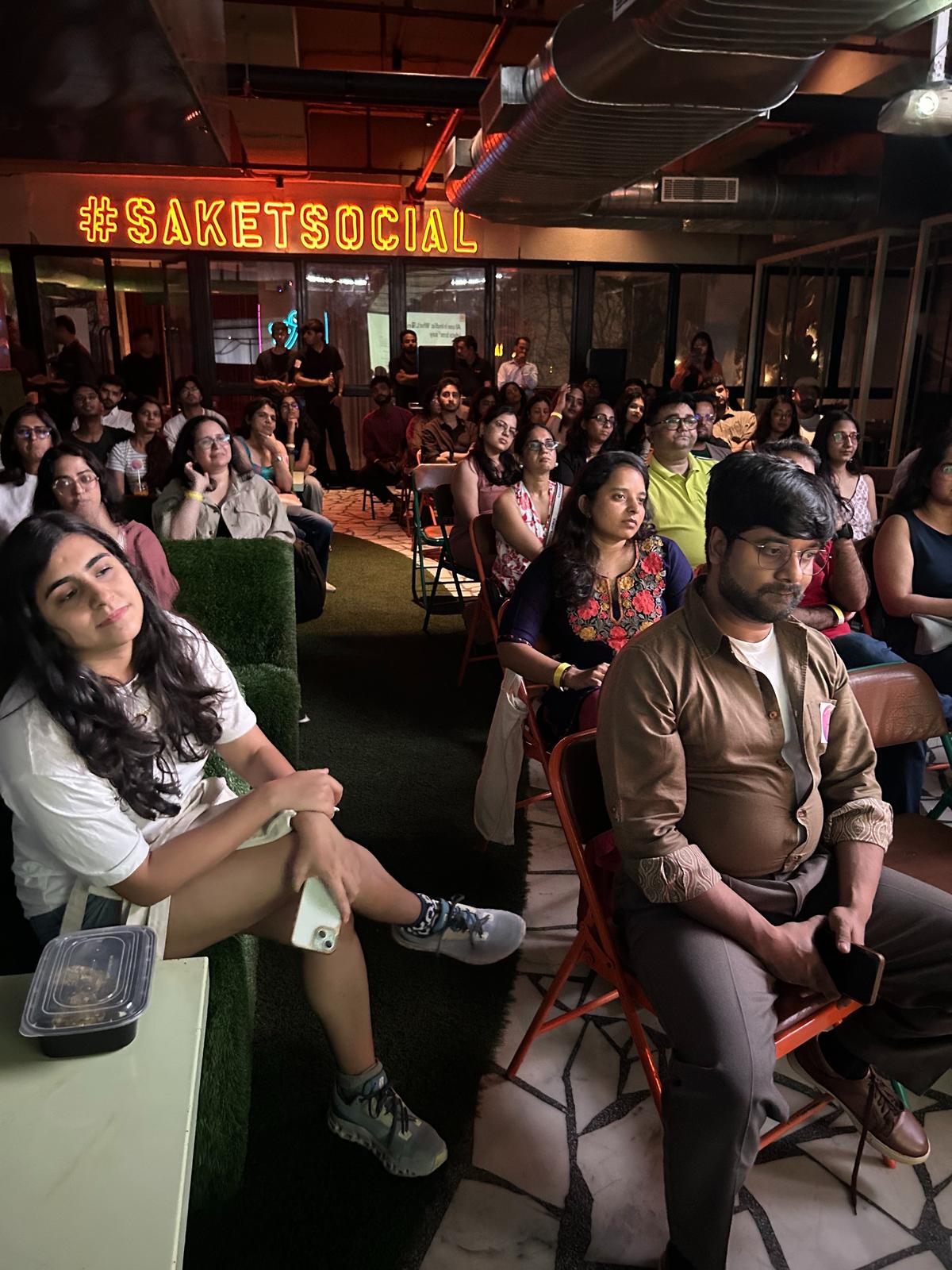
At the Delhi Chapter of the event
| Photo Credit:
Anmol Grace
Anmol Grace and Ayushi Misra, the curators of Pint of View, New Delhi, who have finished their first lecture titled “The Lost Art of Looking at Yourself” by boudoir photographer, Mozail, are especially excited by the community-building aspect of the initiative.
“When Harsh said that he wanted to start in Delhi, I was more than happy because I live alone so community has a bigger meaning,” says Ayushi, who thinks the concept, besides being intellectually stimulating, also brings together diverse people.
“People can think differently, challenge each other’s views and build something new, which, for me, was very intriguing,” she says, while Anmol adds, “I think people have the appetite for something new, thoughtful and lighthearted. For me, a space where people can come and interact with renowned professionals in a relaxed and approachable setting is transformational.”




